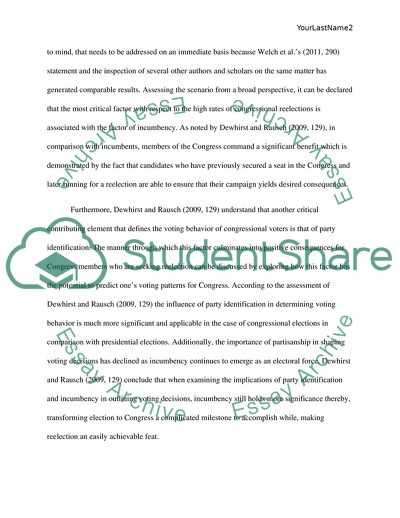Cite this document
(History and Political Science Congressional Elections Report Example | Topics and Well Written Essays - 2000 words, n.d.)
History and Political Science Congressional Elections Report Example | Topics and Well Written Essays - 2000 words. https://studentshare.org/history/1806206-congressional-elections
History and Political Science Congressional Elections Report Example | Topics and Well Written Essays - 2000 words. https://studentshare.org/history/1806206-congressional-elections
(History and Political Science Congressional Elections Report Example | Topics and Well Written Essays - 2000 Words)
History and Political Science Congressional Elections Report Example | Topics and Well Written Essays - 2000 Words. https://studentshare.org/history/1806206-congressional-elections.
History and Political Science Congressional Elections Report Example | Topics and Well Written Essays - 2000 Words. https://studentshare.org/history/1806206-congressional-elections.
“History and Political Science Congressional Elections Report Example | Topics and Well Written Essays - 2000 Words”. https://studentshare.org/history/1806206-congressional-elections.


